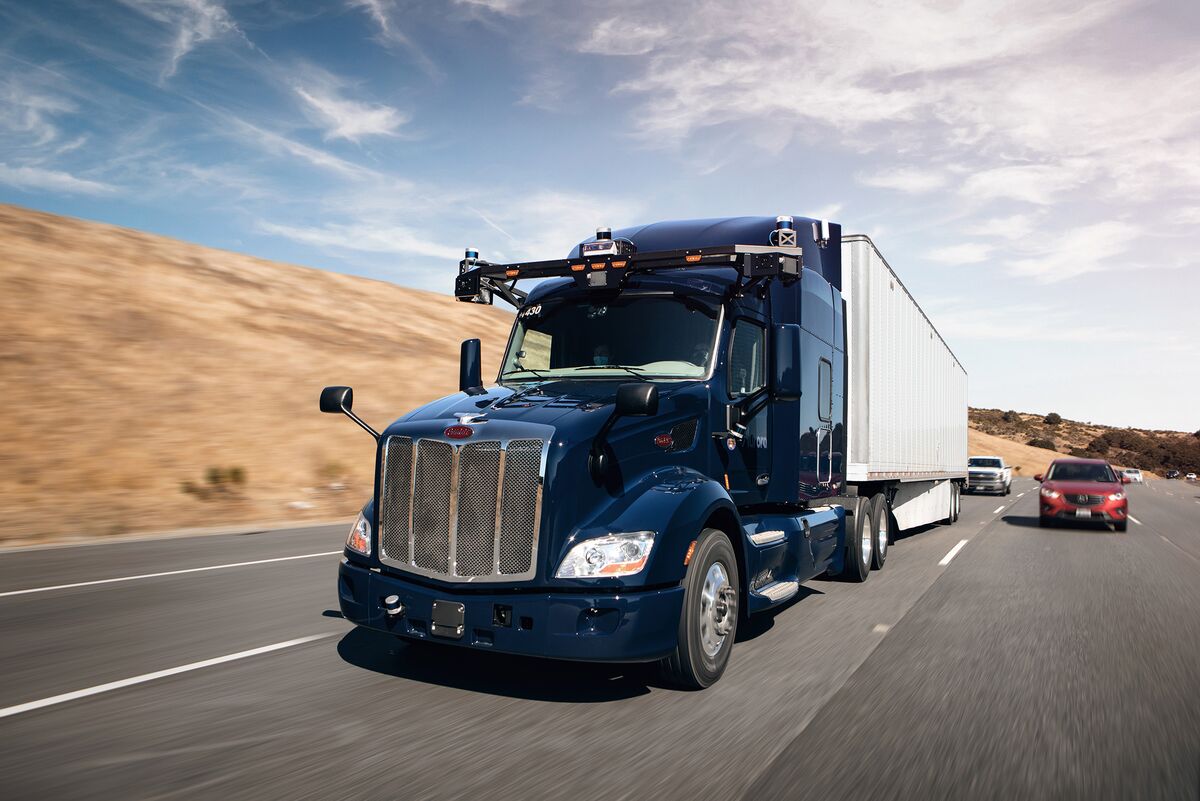
As the world continues to develop and innovate, sustainable transport is becoming increasingly important. Nowhere is this more evident than in semi-trailer design, where engineers and designers are working hard to ensure that innovation goes hand-in-hand with sustainability.
From electric trailers powered by renewable energy sources to advanced aerodynamic designs that reduce drag, there’s a wealth of exciting new developments on the horizon when it comes to semi-trailer design. This article will take an in-depth look at some of these cutting-edge innovations and how they can help us move towards a more sustainable future for transport.
Increasing Efficiency Through Semi-Trailer Design
Semi-trailers are an integral part of the transportation industry, transporting goods from one place to another. As the industry continues to grow and evolve, innovations in semi-trailer design have become increasingly important to maximize efficiency and minimize costs.
From improved aerodynamics for better fuel economy to lighter materials for greater payload capacity, there are a variety of ways that semi-trailers can be designed with sustainability in mind. Additionally, advancements in technology such as automated trailer tracking systems allow operators to keep tabs on their trailers at all times while they’re on the road, ensuring safety and increasing efficiency. By leveraging these innovative designs and technologies, businesses can ensure that their operations remain efficient while still being mindful of environmental concerns.
Improving Sustainability with Advanced Materials and Technologies

Source: .mdpi.com
The future of sustainable transport is dependent on the development and adoption of advanced materials and technologies. Semi-trailers are an integral part of the transportation industry, making them a key factor in improving sustainability. This can be achieved by designing semi-trailers that use lighter materials such as aluminum, carbon fiber, or composite materials to reduce their weight while still retaining strength and durability.
Additionally, new technologies such as hybrid electric propulsion systems can help reduce fuel consumption significantly. Finally, advancements in aerodynamic design will further improve efficiency by reducing drag forces on the trailer body. By utilizing these advances in materials and technology, semi-trailer designs could become more efficient than ever before while still providing reliable performance for years to come.
Exploring Alternative Power Sources for Semi-Trailers
As the transportation industry continues to evolve, semi-trailers are being pushed to become more sustainable. One way that this can be accomplished is by exploring alternative power sources for semi-trailers. There are many options available, from solar energy and wind turbines to hydrogen fuel cells and biofuels. Each of these solutions has its unique benefits and drawbacks, both in terms of cost and efficiency. Solar energy is currently the most popular choice for powering semi-trailers due to its affordability, low maintenance costs, and ability to generate clean electricity without any noise or pollution.
However, it also requires a large amount of space on top of the trailer which may not always be feasible depending on size constraints or other factors. Wind turbines offer much greater potential output than solar panels but require more complex installation procedures due to their larger size and the need for regular maintenance checks to ensure they remain operational over time. Hydrogen fuel cells provide an efficient source of power but come with high up-front costs as well as environmental concerns related to the production process involved in creating them.
Finally, biofuels have been gaining traction lately as they can reduce emissions while providing reliable performance levels at an affordable price point when compared to traditional diesel engines. Ultimately there is no one perfect solution when it comes to powering semi-trailers sustainably; all alternatives must be weighed carefully based on individual needs before making a final decision about which course would best suit each particular context.
Reducing Carbon Footprints Through Innovative Designs

Source: assets.bwbx.io
In recent years, the transportation industry has been looking for innovative ways to reduce its carbon footprint. Semi-trailer designs have played a particularly important role in this effort, as they are responsible for carrying vast amounts of freight around the world and consume tremendous amounts of fuel. Fortunately, new technologies are emerging that can help semi-trailers become more efficient and environmentally friendly. One such example is aerodynamic design innovations.
By reducing drag on trailers with curved surfaces or other modifications, trucks using these semi-trailers can travel farther distances with less energy expended during travel. Additionally, some companies are utilizing lightweight materials like aluminum to construct their trailers which further increases efficiency by reducing overall weight without sacrificing strength or durability. Electric propulsion systems are another area where transport companies can significantly reduce their carbon footprint through innovative design solutions.
Electric motors allow vehicles to take advantage of regenerative braking technology which captures kinetic energy from braking and converts it into electricity that is stored in batteries onboard the vehicle — thus eliminating wasted energy normally lost when traditional brakes convert kinetic energy into heat instead of usable power sources. This leads to improved fuel economy and reduced emissions over long trips compared to diesel-powered engines alone. As semi-trailer designs continue evolving, so too do the opportunities available for transport companies looking to reduce their environmental impact while still providing reliable service at an affordable price point for customers worldwide




